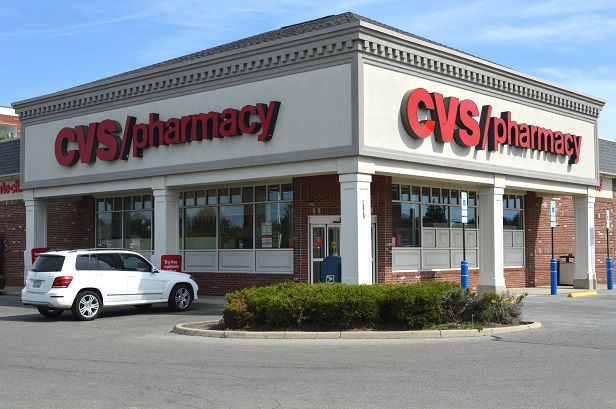Leases measured by decades, taken by creditworthy tenants with juicy expansion options. What could be better for retail investors wary about the uncertainties of the new year?
That's the hat-trick that comes with pharmacy investment for triple- and double-net players looking for just that sort of virtually risk-free scenario. The three major players in the field, of course, are CVS, Walgreens and Rite-Aid, each with its loyal following, underpinned somewhat by the dictates of shoppers' insurance programs, virtually ensuring a relatively stable customer base and a constant flow-through of sales.
Of course, the sector is not without its issues. It's the last competitor, the smallest, Rite-Aid, which has raised some investor's eyebrows. As we explain in our December 2019 Pharmacy Cap Rate Report, the company is still cleaning up its act from the 2017 sell-off of some 2,000 locations, a move driven by financial concerns that pushed its S&P rating down to a B (considered not investment-grade) and hiked its average sale cap rate to 7.94.
By contrast, CVS and Walgreens both boast a triple-B rating from S&P and a Baa2 from Moody's. Their cap rates are a more respectable 6.13 and 6.55%, respectively.
The other problem is the shorter lease term remaining on most Rite-Aid deals–7.79 years as compared to 11.5 (Walgreens) and 15.4 (CVS). Also, and somewhat ironically, while Rite-Aid faced a sell-off of stores back in 2017, Walgreens and CVS in this past year also disposed of a significant number of stores, which helped lower their cap rates still further. The difference? These were accretive, strategic deals in primo locations such as Florida and California.
But make no mistake. Rite-Aid isn't going away, and the fundamentals stated above still hold true. Leases of 20 years and more are still the norm for all three players–some extending as far out as 50 years. Rent escalations are built into these agreements, but with differences only in how they are executed.
Rite-Aid prefers escalations of five percent every five to 10 years built into both the initial term and into its options, while its two competitors tend to favor the latter choice. A more major consideration for investors scouting the pharmacy market for the first time is whether you want to hitch your wagon to a double-net or triple-net lease, structures all three brands embrace. Every lease varies, and these must be weighed against the investor's appetite for risk.
Just to have it said, triple-net leases relieve the owner from the maintenance of the building, that falling instead to the tenant. A double-net lease will require the owner to maintain at least the roof and structure, a serious consideration if it's an older building that you have your eye on. (Depending on where you are and how well the structure was maintained, roofs typically have as much as a 20-year lifecycle.)
So yes, there is a buyer-beware aspect to pharmacy investments. But that's no different from any other form of commercial real estate investment. What is different is the almost recession-proof nature of the need pharmacies fill, and these three major players are well-positioned to provide the long-term security that risk-averse buyers look for.
© Touchpoint Markets, All Rights Reserved. Request academic re-use from www.copyright.com. All other uses, submit a request to [email protected]. For more inforrmation visit Asset & Logo Licensing.








